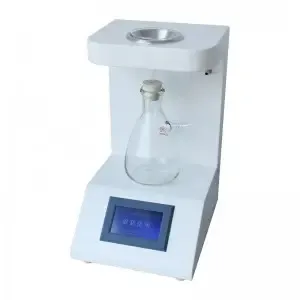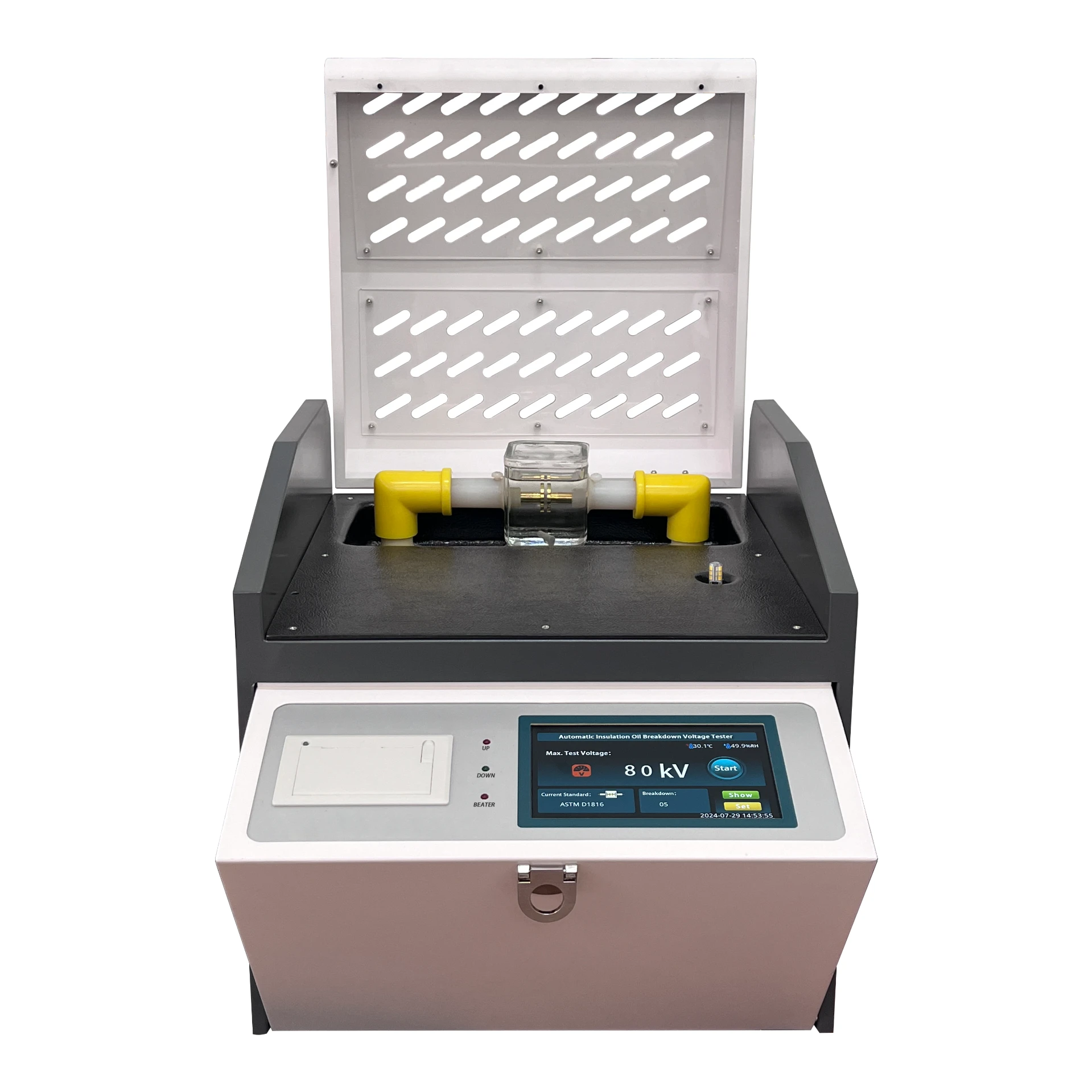TEL:
+86-0312-3189593
 English
English

Telephone:0312-3189593

Email:sales@oil-tester.com
2 月 . 11, 2025 11:32
Back to list
insulation resistance for transformer
Insulation resistance plays a critical role in the performance and longevity of transformers, making it a subject of paramount importance for engineers and maintenance professionals alike. Transformers, being pivotal elements in electrical distribution and transmission systems, demand rigorous attention to their insulation properties. Poor insulation resistance can not only lead to inefficient operation but can also cause catastrophic failures.
Authoritative sources in the industry underline the role of initial assessments during transformer installation. Establishing baseline insulation resistance values upon installation facilitates effective comparisons in future assessments. This baselining practice is crucial for detecting gradual insulation degradation over time, allowing for timely intervention and maintenance. Trust in insulation resistance measurements also comes from competent and calibrated equipment. Professionals should ensure that the instruments they use are regularly calibrated according to manufacturer recommendations. Calibration ensures that the equipment provides accurate readings, bolstering the reliability of the assessment. In product selection, advanced insulation materials and designs can significantly enhance a transformer's insulation resistance. Leading manufacturers invest in innovative materials and design techniques to improve the insulation properties and thermal endurance of their transformers. These innovations lead to enhanced reliability and lifespan of the transformers, which are crucial for stakeholders seeking long-term, cost-effective solutions. One real-world scenario illustrating the importance of insulation resistance involves a power distribution company that observed a decline in insulation resistance during annual maintenance. By analyzing the trend data, they identified excessive moisture ingress into the transformer. This early detection allowed for corrective measures, such as drying out the insulation, thus preventing an expensive failure and minimizing downtime. Such proactive maintenance strategies are key to maintaining operational efficiency and preventing costly disruptions. In conclusion, insulation resistance is a fundamental aspect of transformer maintenance and performance. Through continuous monitoring, using reliable and calibrated equipment, and adhering to best practices dictated by industry experts, stakeholders can ensure their transformers operate efficiently and safely. The commitment to understanding and maintaining insulation resistance not only extends the life of transformers but also ensures the reliability and efficiency of the electrical distribution network they support.


Authoritative sources in the industry underline the role of initial assessments during transformer installation. Establishing baseline insulation resistance values upon installation facilitates effective comparisons in future assessments. This baselining practice is crucial for detecting gradual insulation degradation over time, allowing for timely intervention and maintenance. Trust in insulation resistance measurements also comes from competent and calibrated equipment. Professionals should ensure that the instruments they use are regularly calibrated according to manufacturer recommendations. Calibration ensures that the equipment provides accurate readings, bolstering the reliability of the assessment. In product selection, advanced insulation materials and designs can significantly enhance a transformer's insulation resistance. Leading manufacturers invest in innovative materials and design techniques to improve the insulation properties and thermal endurance of their transformers. These innovations lead to enhanced reliability and lifespan of the transformers, which are crucial for stakeholders seeking long-term, cost-effective solutions. One real-world scenario illustrating the importance of insulation resistance involves a power distribution company that observed a decline in insulation resistance during annual maintenance. By analyzing the trend data, they identified excessive moisture ingress into the transformer. This early detection allowed for corrective measures, such as drying out the insulation, thus preventing an expensive failure and minimizing downtime. Such proactive maintenance strategies are key to maintaining operational efficiency and preventing costly disruptions. In conclusion, insulation resistance is a fundamental aspect of transformer maintenance and performance. Through continuous monitoring, using reliable and calibrated equipment, and adhering to best practices dictated by industry experts, stakeholders can ensure their transformers operate efficiently and safely. The commitment to understanding and maintaining insulation resistance not only extends the life of transformers but also ensures the reliability and efficiency of the electrical distribution network they support.
Previous:
Latest news
-
Differences between open cup flash point tester and closed cup flash point testerNewsOct.31,2024
-
The Reliable Load Tap ChangerNewsOct.23,2024
-
The Essential Guide to Hipot TestersNewsOct.23,2024
-
The Digital Insulation TesterNewsOct.23,2024
-
The Best Earth Loop Impedance Tester for SaleNewsOct.23,2024
-
Tan Delta Tester--The Essential Tool for Electrical Insulation TestingNewsOct.23,2024





